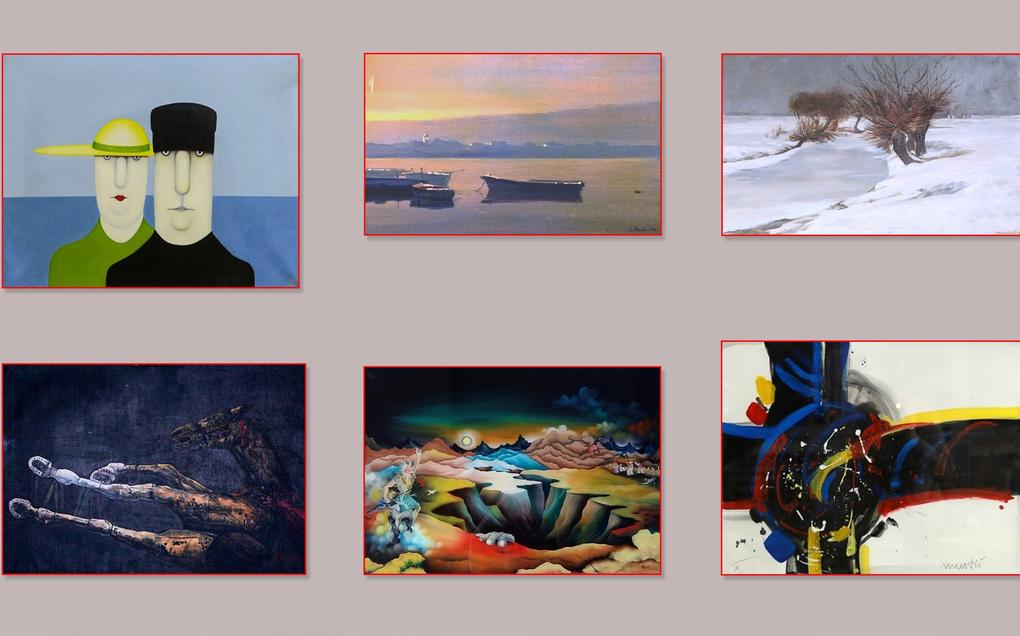Alternative biographies
Antun Sorkočević

Photo gallery
(Dubrovnik, 25 December 1775 – Dubrovnik, 14 February 1841)
There is a legend about the Sorgo family, who originally hailed from Albania. The surname is actually a translation of the Italian name for sorghum cereal grain, a large amount of which the family donated to the Republic in the 13th century thus saving it from hunger. The physician and musician from Split, Julije Bajamonti, a family friend whom Antun considered his spiritual father was the source of this information. Not long after Antun’s biological father Luka died, Bajamonti sent a written account about the Sorgo family to Antun in Rome, to remind him of his famous ancestors. But, let’s start from the beginning. Five years before Antun was born his parents had their first son, also named Antun, who died when he was less than a year old. As a result, Antun remained the only surviving child of Luka Sorkočević, Croatia’s first symphony composer. One month after the tragic death of his father in 1789, Antun’s uncle Miho, who became his guardian, sent him to study in Rome. In 1794 he became the member of the Major Council and accepted official state duties in Dubrovnik. However, since childhood, his life always included music. At age 25, he lost his uncle Miho and, a short time later, his mentor Bajamonti, so Antun went back to Rome, from where he often travelled to nearby European cities. He occasionally visited his native region, where, as an Enlightenment adherent and an encyclopaedist, he gravitated towards the French movement. After moving to Paris, he maintained frequent correspondence with friends and relatives, informing them about local cultural events, and he also mentioned two audiences he had with Napoleon. As a writer and historian, he published texts in the French language and in them he often referred to Dubrovnik and its people. In 1810, he sold all his properties in Dubrovnik, and two years later he had a daughter named Marija from an extramarital relationship. In 1820, he married a wealthy Italian widow of Dutch origin in Venice, and subsequently permanently moved to Paris where he remained until death. Antun spent a lot of time socializing with peers and like-minded individuals. His cousin and Enlightenment adherent, Tomo Bassegli was an important role-model. He had a close friendship with Marco Bruère, son of the French ambassador to Dubrovnik and their relationship continued even after he moved to Paris. He was given advice about music by Bajamonti, but also travel writer Pavao Gozze, whose rich catalogue of sheet music is kept in the library of the monastery of the Friars Minor in Dubrovnik, together with works by Antun and his father Luka. A somewhat older Nikola Pozza-Sorgo and his wife Jelena Ranjina, one of the first Croatian female composers, also became part of this circle and they often gathered in the Sorgo family palace. They organized literary and music salons, played music in the company of friends and discussed current revolutionary events. As was common for musicians and people who received humanist education at that time, Antun had a restless spirit and he travelled a lot. Among his chamber and vocal compositions, is the piano sonata for four hands – the first of its kind in the history of Croatian music. During his lifetime, the vocal and piano composition La preghiera (Prayer) was published in one French collection. Poet Urban Appendini immortalized Antun’s musical talents with the following verse: “At times he was able to elicit warm tears and turn tigers into gentle doves.”
The fall of the Dubrovnik Republic found Antun in Paris as its last ambassador. In 1806, he paid for his own travel to Paris because by that time the Republic was already impoverished and he was wealthy enough to support himself. Following the example of his uncle Miho, he joined the newly established Académie Celtique in Paris and advocated the foundation of the Slavic department at the Sorbonne. Antun was also interested in literary history; in Paris he published a text about Gundulić’s Osman.








